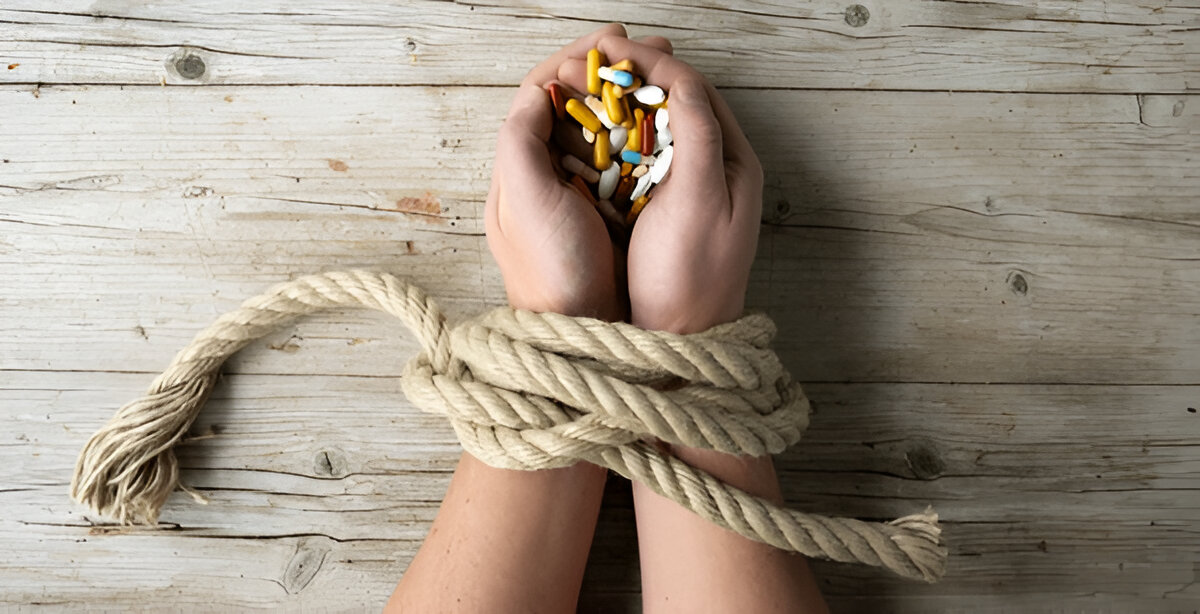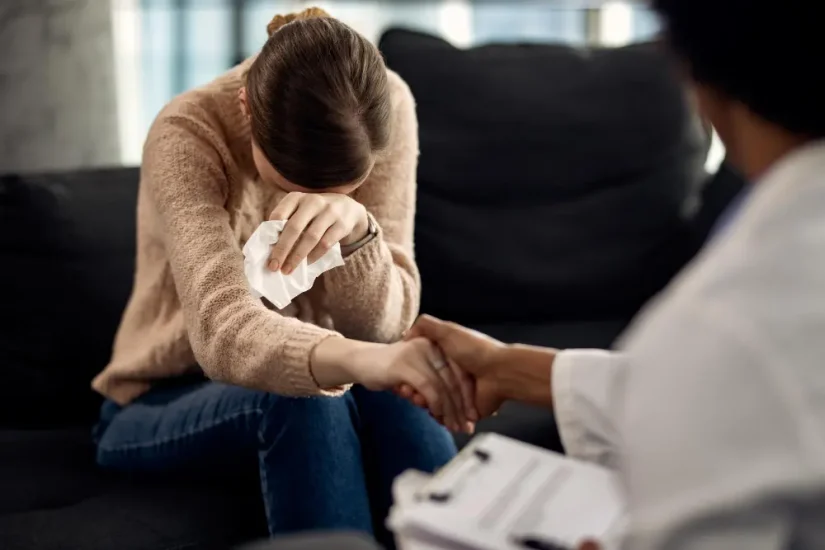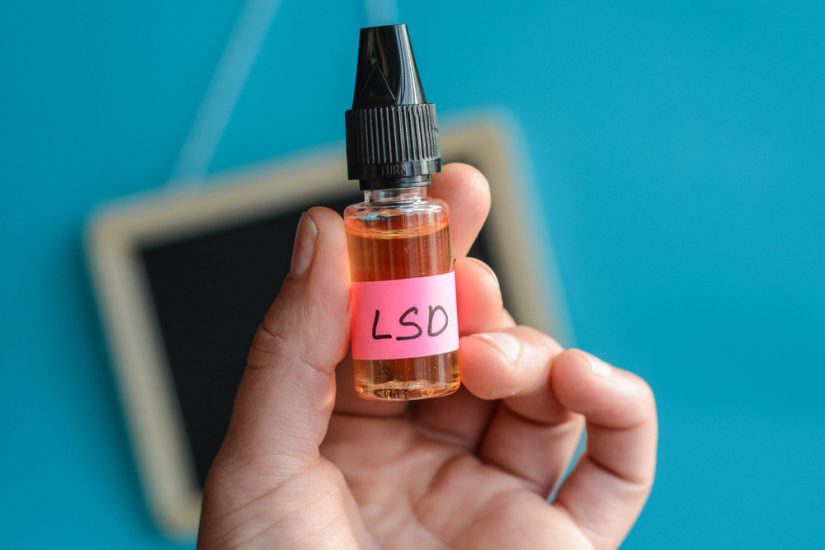- December 21, 2024
- by Shalini Murmu
- Addiction
-
Types of Harm Reduction Programs
- Needle Exchange Programs (NEPs): Reducing the Spread of Infectious Diseases
- Supervised Consumption Sites (SCS): Safe Environments for Substance Use
- Medication-Assisted Treatment (MAT)
- Naloxone Distribution Programs: Preventing Opioid Overdose Deaths
- Drug Checking Services: Reducing Accidental Overdoses Through Substance Testing
- Science Behind Harm Reduction
- Integrating Harm Reduction With Traditional Treatment: A Balanced Approach
- Why This Method Promotes Better Long-Term Results
Addiction is a complicated, highly personal experience that can often feel lonely and daunting. When faced with criticism and stigma, it might seem like finding a way to heal is out of reach. This is where harm reduction programs shine as a source of hope, providing empathetic and practical support for those dealing with substance use issues. Built on the foundation of respecting individual choice, these programs acknowledge personal decisions while promoting safer methods, understanding that recovery is a different journey for everyone. They offer a non-judgmental environment, meeting individuals in their current state without shame or pressure. Instead of insisting on immediate sobriety, harm reduction aims to lower risks and improve overall health, realizing that even small, steady steps can bring about meaningful change. This caring approach has empowered many people to take charge of their lives again, creating a healing journey characterized by dignity, empathy, and respect.
Types of Harm Reduction Programs
For many people struggling with substance use disorder, conventional recovery routes can seem inflexible and out of reach. The heavy burden of expectations—along with the shame and stigma tied to drug use—can make reaching out for help even more challenging. Harm reduction programs provide a caring alternative, focusing on practicality and empathy rather than criticism. They aren’t just about choosing between quitting and failing but aim to create safer, more sustainable choices for those traversing the tough landscape of addiction. These programs strive to minimize the immediate risks of substance use while empowering individuals to take gradual steps toward healthier lives. Let’s dive into the different kinds of harm reduction programs and their essential role in addressing drug abuse and enhancing well-being.
Needle Exchange Programs (NEPs): Reducing the Spread of Infectious Diseases
Using shared needles is a major factor in spreading illnesses like HIV and Hepatitis C among those who inject drugs. NEP schemes offer sterile syringes and needles to those who are in need of them. More than just providing sanitary equipment, these programs often serve as vital resources, connecting individuals to health education, testing services, and treatment referrals. By decreasing the spread of infectious diseases, NEPs not only safeguard individuals but also promote public health. For someone dealing with both depression and substance abuse, the knowledge that these non-judgmental programs are available can be a vital reassurance that their health and safety are important.
Supervised Consumption Sites (SCS): Safe Environments for Substance Use
Supervised Consumption Sites are places where individuals can use drugs under the care of medical professionals. These settings are intended to prevent fatal overdoses while ensuring quick access to healthcare staff if any issues arise. SCS also provides a chance for users to engage with counselors and support services, helping to bridge the gap between drug use and recovery. For many, the embarrassment and fear of being seen as failures can stop them from asking for help. However, the secure, accepting environment of SCS encourages individuals to take that initial step toward getting involved with support resources.
Medication-Assisted Treatment (MAT)
MAT merges the use of FDA-approved medications, such as methadone and buprenorphine, with counseling and behavioral therapies. It’s especially effective for those facing opioid addiction. These medications help stabilize brain chemistry, ease withdrawal symptoms, and reduce cravings. For someone studying substance abuse or addiction, MAT showcases how science and empathy can change lives. It shifts the emphasis from punishment to understanding, offering individuals the opportunity to regain control over their lives without the ongoing struggle against cravings.
Naloxone Distribution Programs: Preventing Opioid Overdose Deaths
Naloxone, often referred to as Narcan, is a crucial medication that can reverse the impacts of opioid overdoses. Initiatives that provide naloxone also give training and materials to individuals, families, and communities, equipping them to react promptly in emergencies. These initiatives have saved many lives and frequently serve as a pivotal moment for individuals in distress, reminding them that their lives matter and that assistance is accessible. For families facing the combined hurdles of depression and substance abuse, naloxone programs present a beacon of hope and protection.
Drug Checking Services: Reducing Accidental Overdoses Through Substance Testing
In today’s world, drug supplies are often laced with lethal substances like fentanyl, making every use potentially life-threatening. Drug-checking services give individuals the chance to test their drugs for harmful impurities. This approach to harm reduction does not endorse drug use but rather empowers individuals with the information needed to make safer decisions. For those ensnared in the cycle of substance use disorder, having access to such services can truly determine the difference between life and death.
Science Behind Harm Reduction
If you or someone dear to you is struggling with substance use disorder, there’s no denying that the journey to recovery can be quite convoluted. It’s often chaotic, intricate, and profoundly personal. While many traditional drug treatment programs emphasize immediate sobriety, harm reduction provides a kinder and more pragmatic approach grounded in scientific research. It’s not about abandoning the idea of recovery but rather making each step towards it safer and easier to navigate. Studies consistently show that harm reduction is an evidence-based strategy that saves lives and enhances mental health, particularly for those dealing with both depression and substance abuse.
Research published in reputable journals such as The Lancet and Addiction indicates that harm reduction initiatives have resulted in notable declines in overdose fatalities, the spread of infectious diseases, and visits to emergency departments. For example, a study from Canada regarding supervised consumption sites revealed a 35% decline in fatal overdoses in regions close to these centers. Likewise, needle exchange programs (NEPs) have been shown to reduce HIV and Hepatitis C infection rates by providing clean syringes and safe disposal methods. These statistics represent more than just figures, they reflect actual lives preserved.
The National Institute on Drug Abuse (NIDA) discovered that MAT programs utilizing medications like methadone and buprenorphine can lower opioid overdose deaths by 50% or even more. These medications help stabilize brain chemistry, allowing individuals to function normally without the severe highs and lows associated with opioid misuse. Moreover, MAT tackles underlying mental health issues like depression and substance dependence, assisting individuals in rebuilding stable and fulfilling lives.
Integrating Harm Reduction With Traditional Treatment: A Balanced Approach
Although harm reduction on its own has shown success, integrating it with conventional drug treatment creates a strong synergistic method. It’s combining the most effective aspects of both to support individuals in their recovery process. Many rehab facilities are now incorporating harm reduction tactics into their treatment programs, providing a more tailored and empathetic style of care.
Consider for an example, someone facing opioid addiction and depression, uncertain about committing to total abstinence. A traditional treatment approach may push for immediate cessation, which can feel daunting or downright impossible. In contrast, a harm reduction method might initiate with medication-assisted treatment (MAT) to alleviate withdrawal effects and help stabilize their mood. Once they are less physically and emotionally troubled, they may become more receptive to counseling, group sessions, or residential treatment options.
This combined approach is effective because it recognizes the intricacies of substance use disorders. People contending with addiction regularly bear considerable emotional stress, including shame, guilt, and unresolved trauma, which can obstruct their path to recovery. An integrated model that incorporates harm reduction helps mitigate immediate risks while paving the way for long-lasting recovery through therapy and support networks.
Evidence supports this approach as well. A study featured in The Journal of Substance Abuse Treatment discovered that blending harm reduction with counseling and organized rehab programs resulted in higher retention rates and improved long-term sobriety results. By tackling both the urgent safety issues associated with substance use and the underlying psychological challenges, this dual approach enhances the likelihood of achieving sustainable recovery.
Why This Method Promotes Better Long-Term Results
Recovery is not just a one-off choice; it’s an ongoing journey. Harm reduction embraces this truth by providing assistance at every phase of the process, not merely when someone is prepared to stop using substances completely. For those striving for recovery, grasping this compassionate approach is vital.
By merging harm reduction with traditional treatment, we’re saying: “We see you. We recognize that recovery isn’t about achieving perfection—it’s about making progress.”
This method offers a lifeline, delivering practical help today while fostering hope for a healthier, substance-free tomorrow. For individuals battling both depression and substance abuse, that message can profoundly impact their perception, transforming feelings of isolation into the realization that recovery is attainable, regardless of how far they may have fallen.
Recovery from addiction is a deeply personal journey, and finding the right support can make all the difference.
North America Behavioral Health Services is here to guide you toward recovery centers that truly understand your unique mental health needs. Whether you’re exploring harm reduction programs, seeking specialized drug abuse treatment, or navigating depression and substance abuse, we’ll help you find care that feels right for you in a non-judgmental and absolutely confidential environment.
Reach out now before addiction has a detrimental hold on you and your family. A healthier, more hopeful future is closer than you think.
Reach out to your recovery guide today!
















